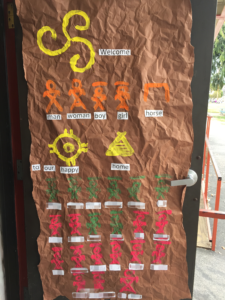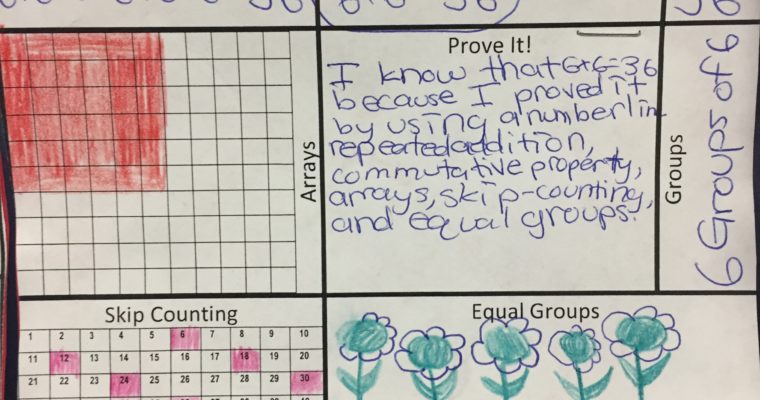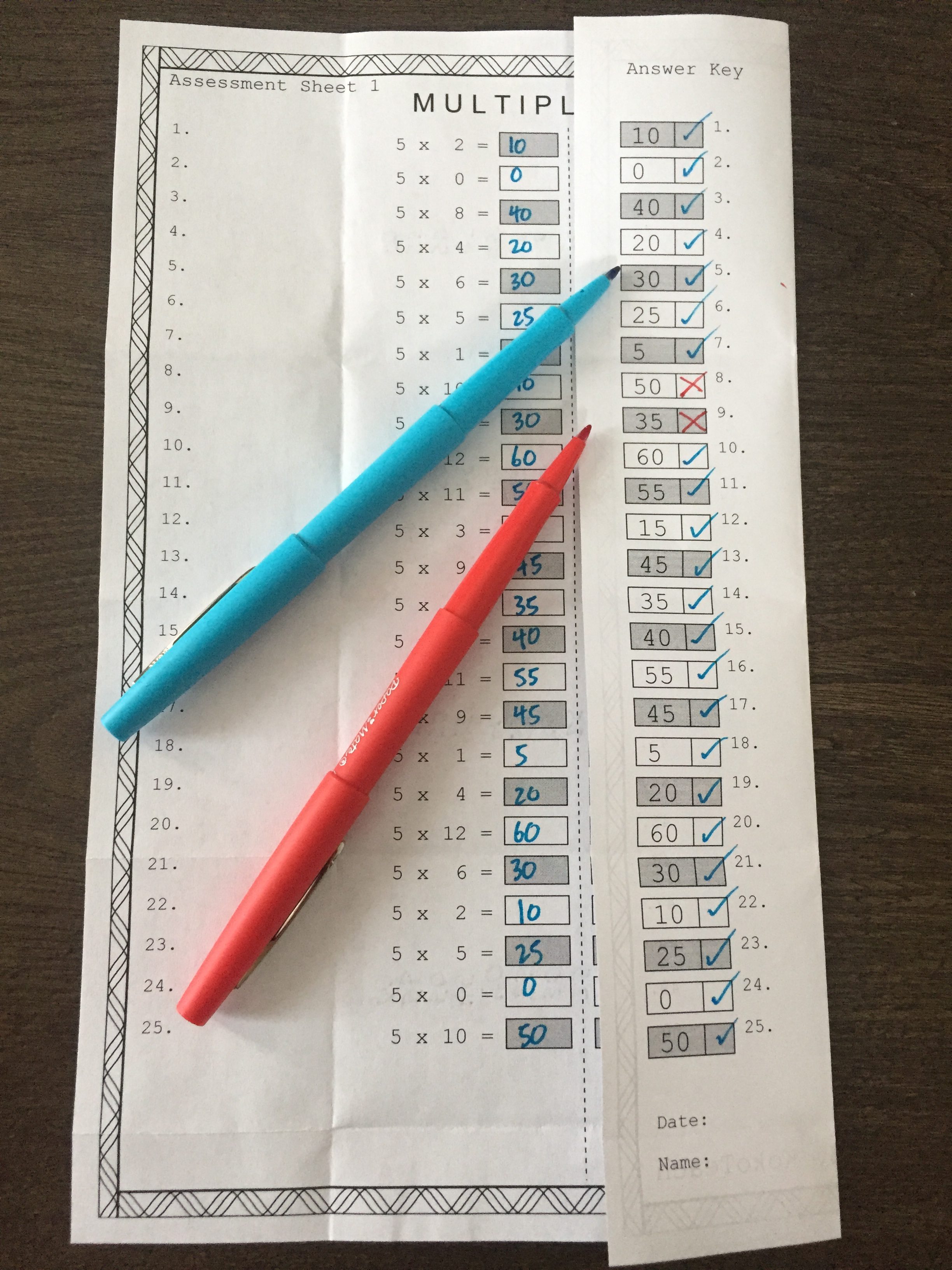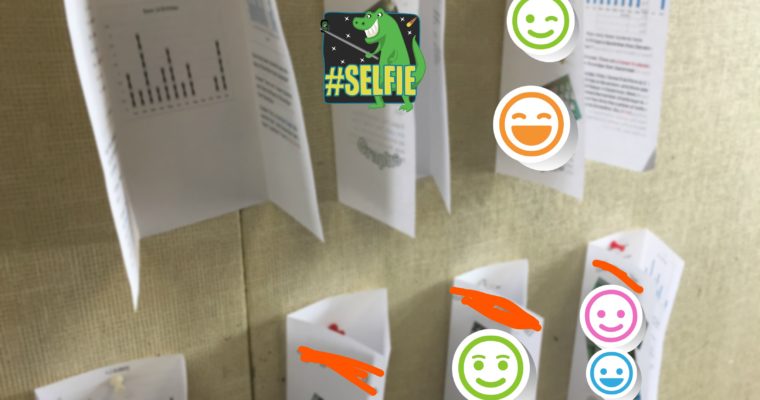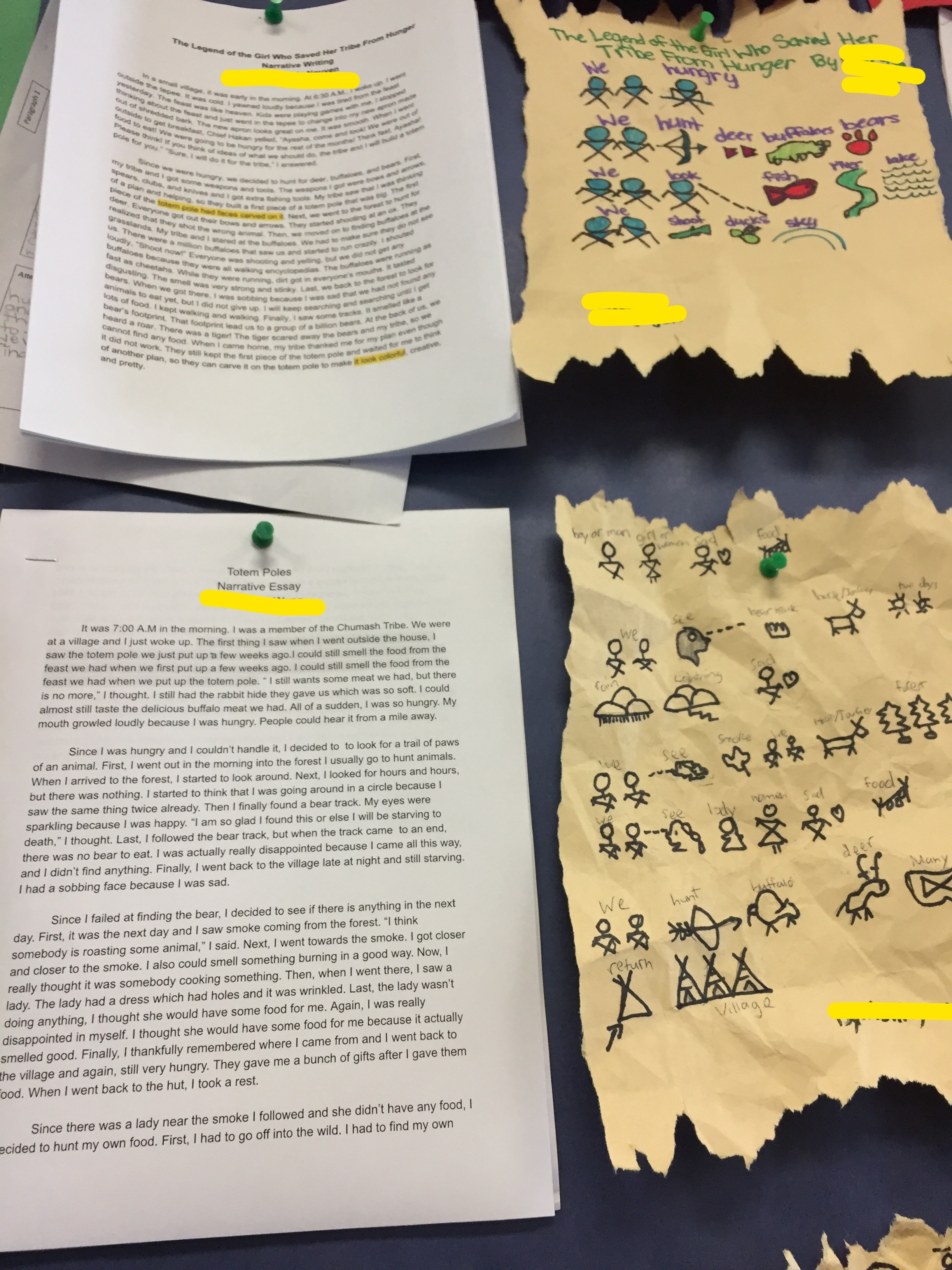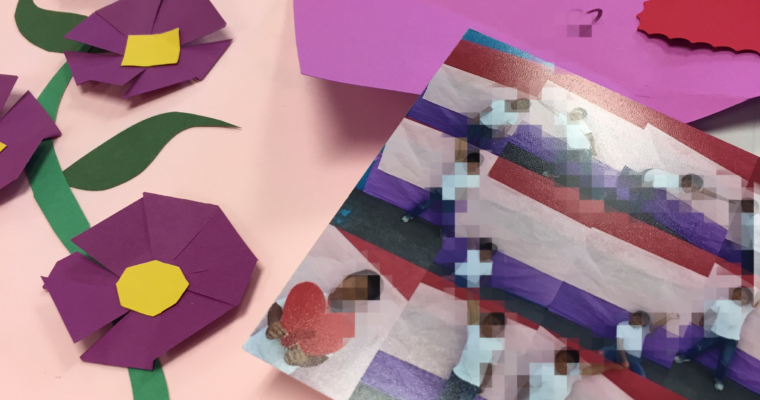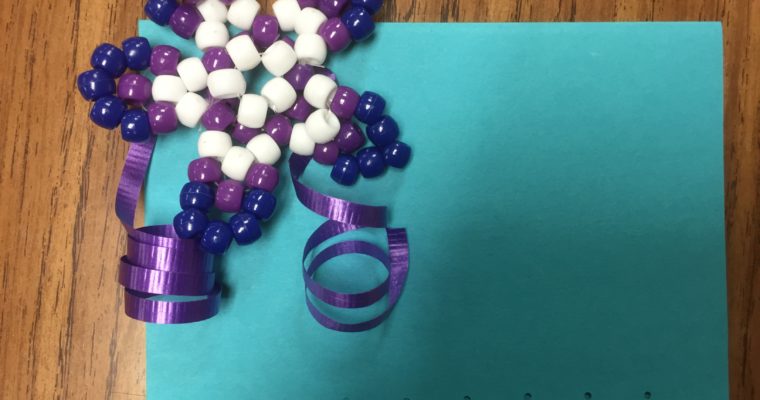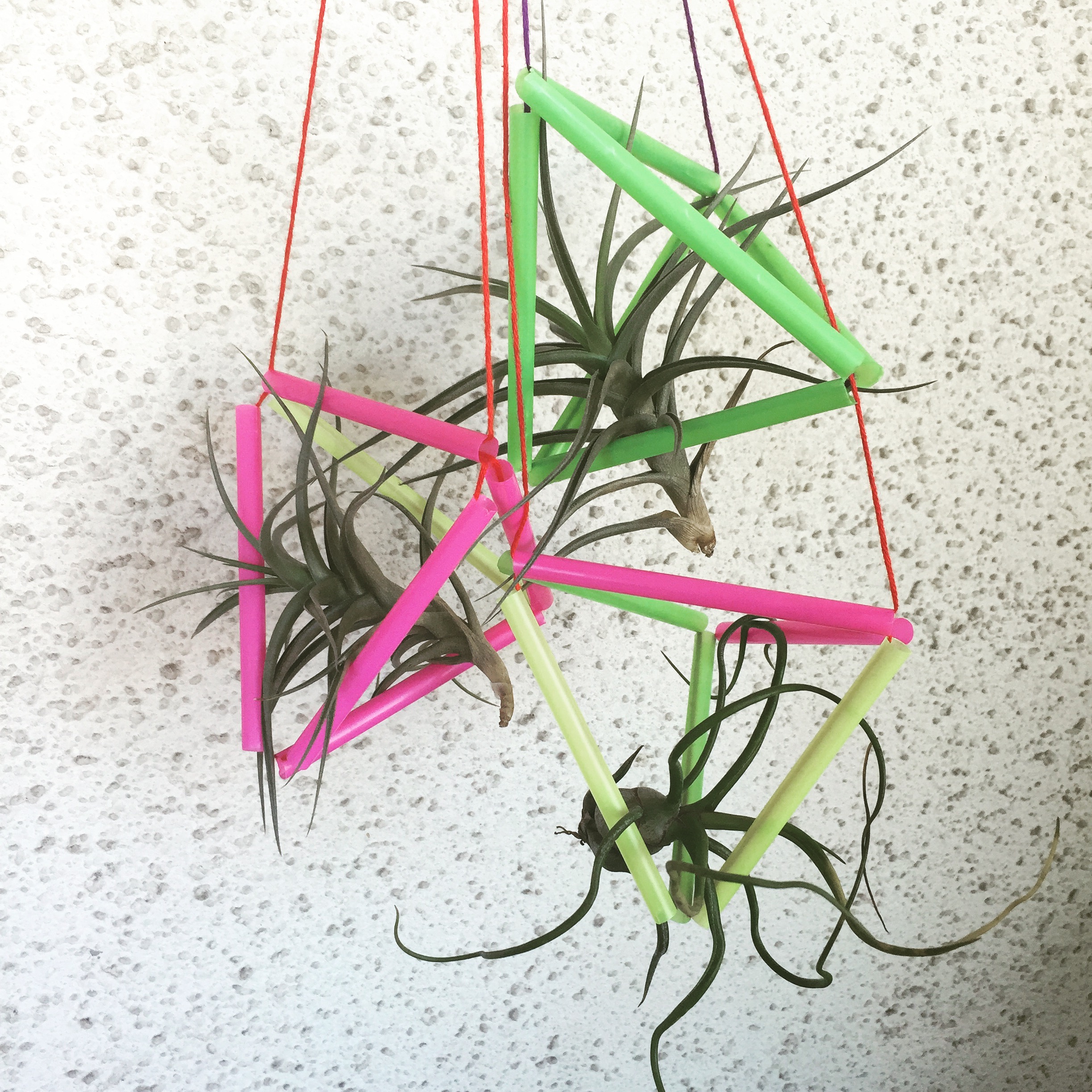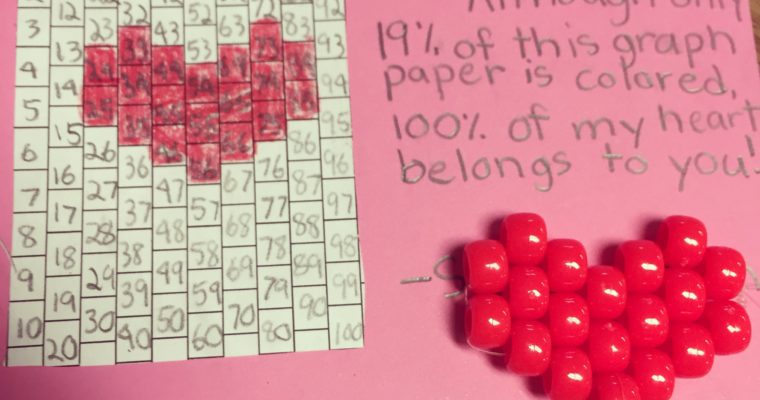Open House planning started in March as we started our thematic unit of Native American Culture. So so so so so glad it’s over and I can focus on SBAC.
In March, our third grade classroom visited Knott’s Berry Farm to learn about Native American culture which included hearing stories about totem poles, watching some cool hoop dancing, experiencing what the inside of a tepee feels like, and doing some crafts. Overall, it was a positive experience for the students – we only wish we could have stayed longer to enjoy the park!


After returning to the classroom, the students did a report on a Native American tribe and had to create a model of their tribe’s dwelling. Here are the samples below.

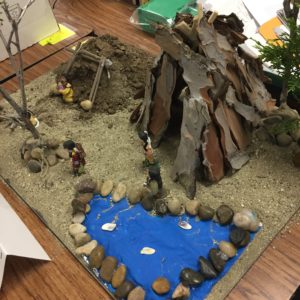
My partner teacher had the students paint totem pole animals on paper and she stacked them on top of each other.


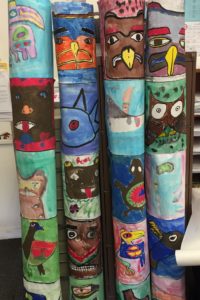
You can see the results here, the totem poles came out looking really amazing!! I just finish I had taken better photos. Perhaps next year we will put the totem poles outside the classroom door.

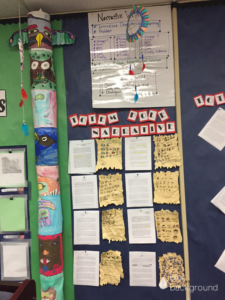
While my partner worked hard on the totem poles, I worked with the students on doing some close reading on two totem pole articles I found online. After finding the main idea and supporting details, we got to work on creating an opinion essay. Afterwards, we looked at the Native American symbols and the students created their own stories. Students were required to create a problem, three attempts to solve the problem, and a solution.

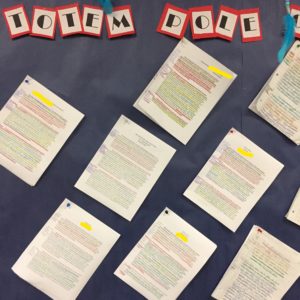
The students also read about Sacagawea and answered short response questions using the RACE strategy. If anyone is interested, there are TONS are resources available online.
R-restate
A-Answer
C-Cite
E-Explain
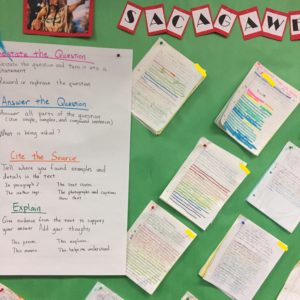
Over spring break, students chose a Native American tribe and wrote a report. They were required to have a cover page, introduction, 6 topics, and a conclusion.
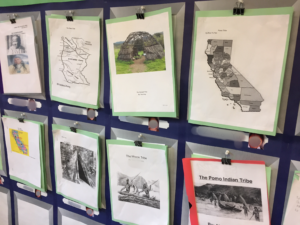
Since we learned about different Native American symbols and their meanings, I connected this to math by having students find the area and perimeter of one of the symbols.

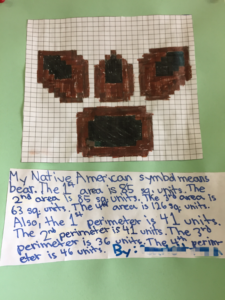
We finished up our Native American thematic unit with some bead work done by the students. Overall, it took about 3 hours for their little hands to complete this project but I think it was worth it. Some of the students continued to wear their bracelets to school. If you are interested in making your own bracelets, search “multi-stitch” on youtube and you should come up with a bunch of tutorials to make these.
I also have method of making a very simple bracelet with a variation of the right angle weave if anyone is interested. I will be posting it in a future post.

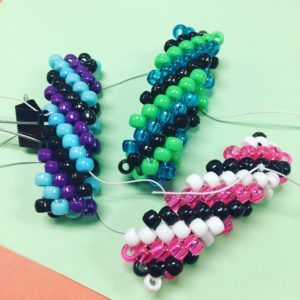
Finally, a welcome door sign!
